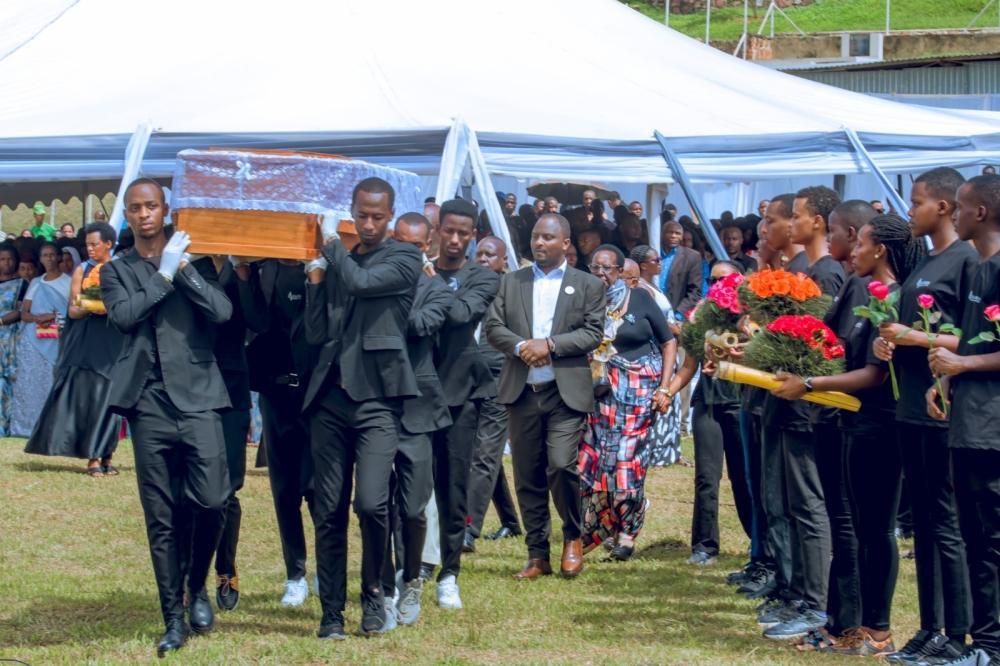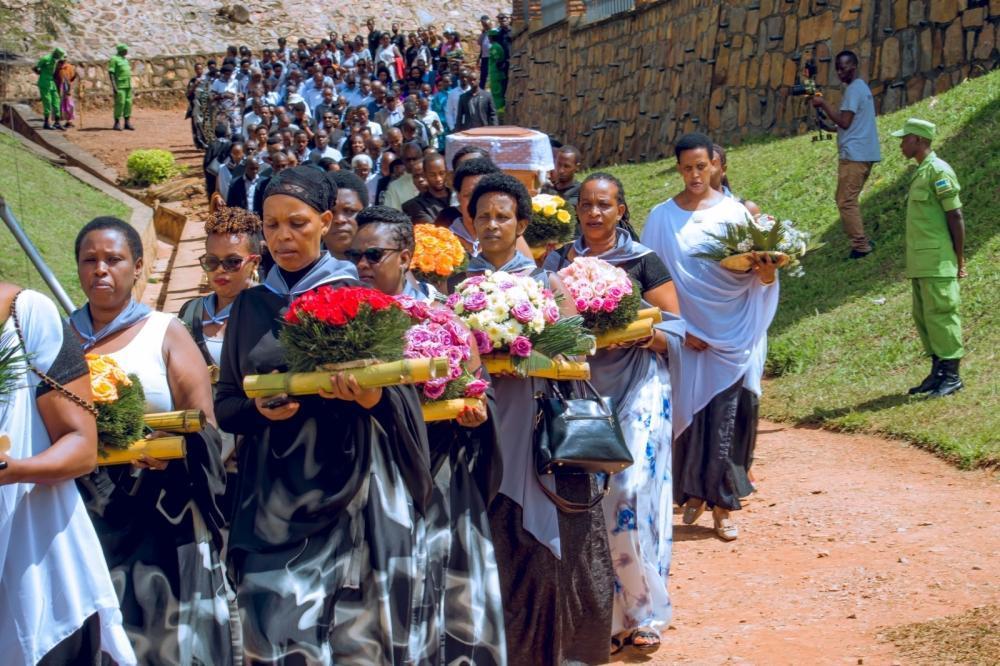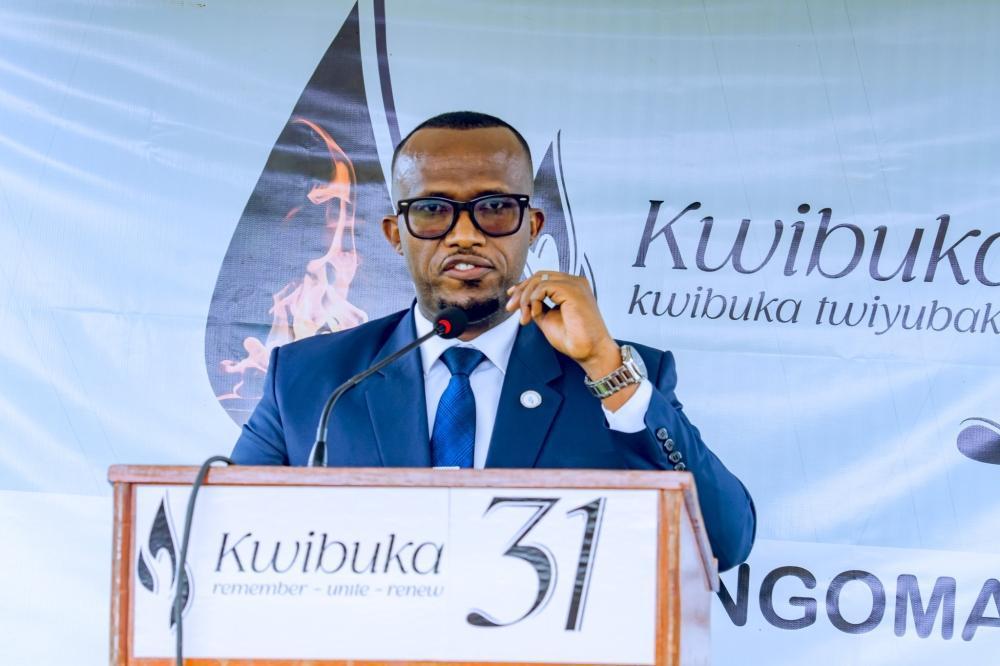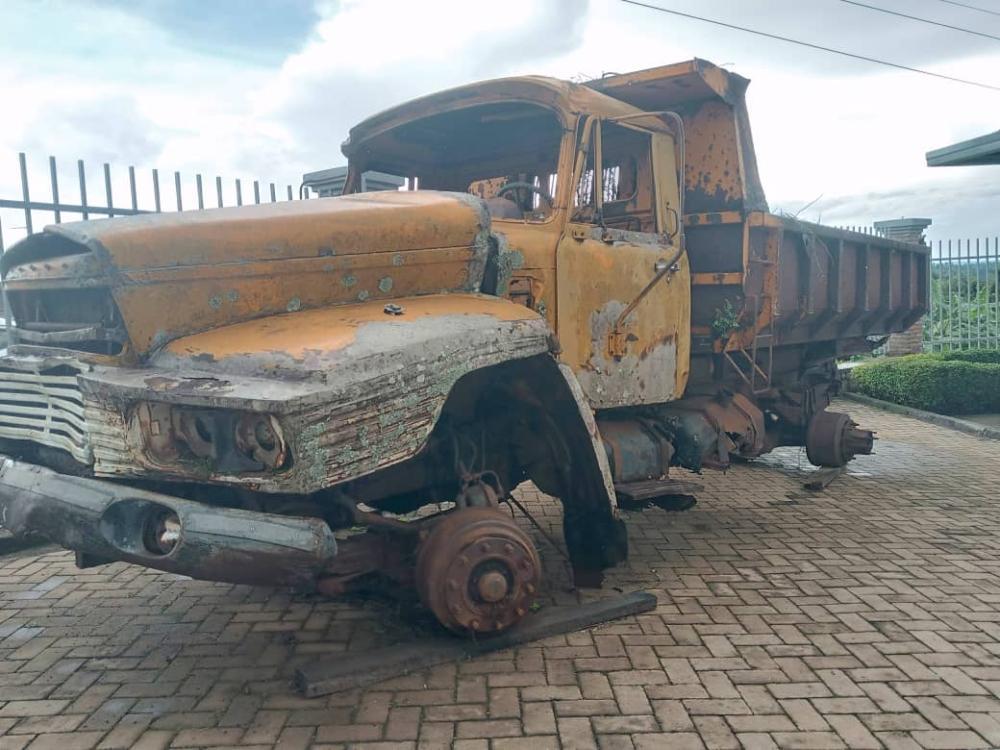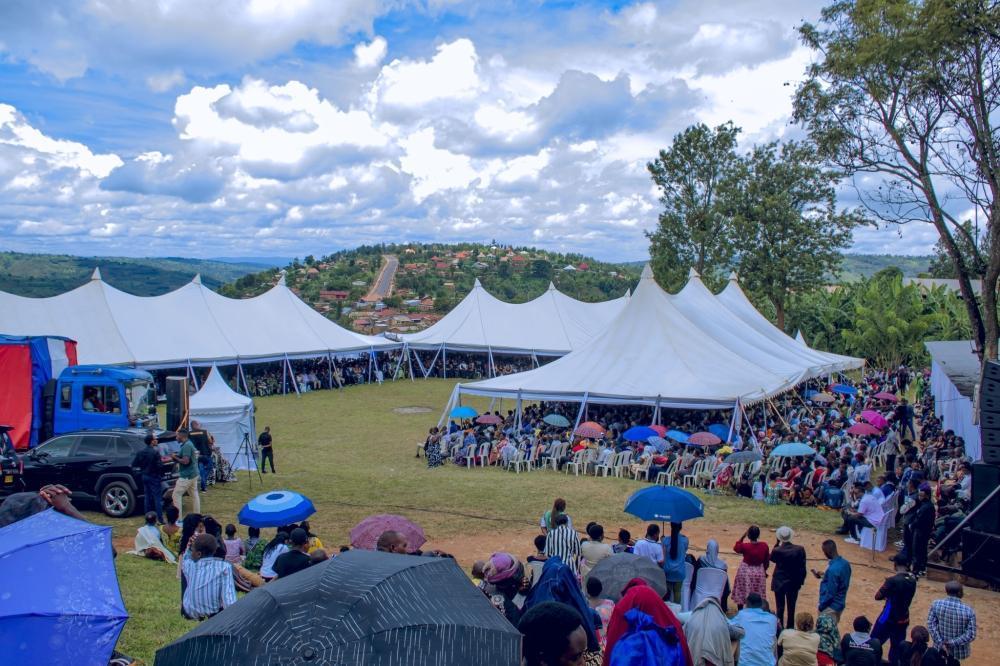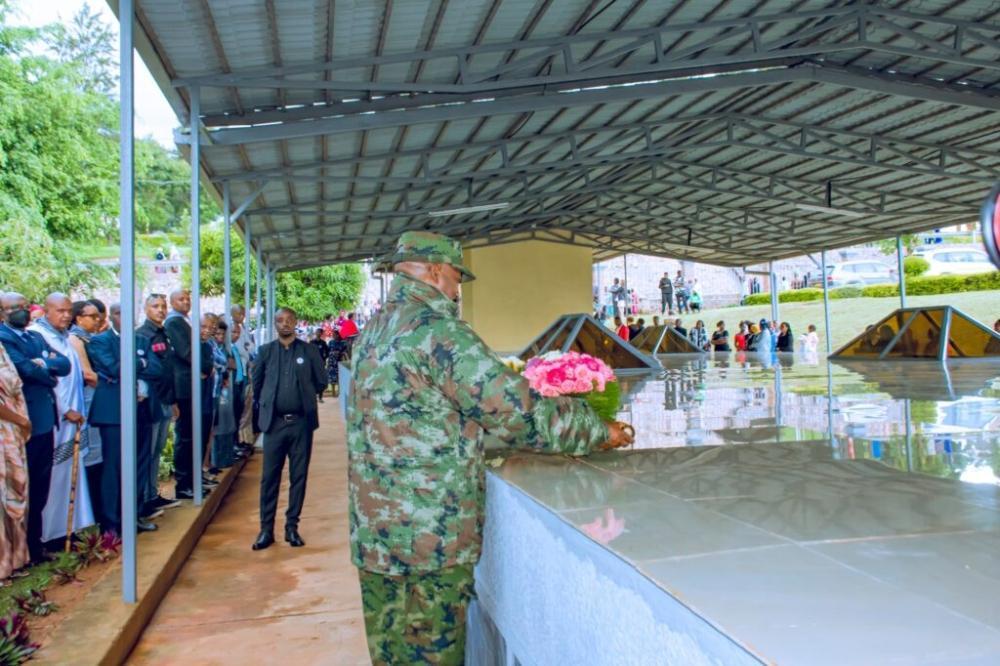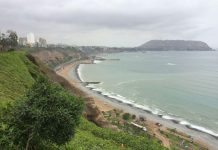Africa-Press – Rwanda. On New Year’s Day in 1994, Simon Pierre Ndayisenga left his home in Rukumberi, Shore area, near Bugesera District, to go and live with his uncle in Kibungo town. His father sent him away after witnessing early signs of an impending genocide in their area.
“The killers started by drowning two elderly men, Nyabirungu and Rugina, in Akagera River. They also mocked the death of Fred Rwigema – the leader of the Rwanda Patriotic Army rebels – by burying banana stems in his name,” Ndayisenga recalled, as he spoke about events at the height of the genocide in April 1994.
As the Genocide against the Tutsi raged, Lieutenant-General Roméo Dallaire, a Canadian military officer who was force commander of the UN peacekeeping mission for Rwanda (UNAMIR), reported the killings, telling his bosses in New York about how he needed reinforcements, to no avail. What he got, instead of the support he was requesting for, was calls from countries like Belgium for UNAMIR’s withdrawal instead of its reinforcement.
In Shake Hands with the Devil, a book he wrote after the genocide, Dallaire marked April 12 as the day the world moved from disinterest in Rwanda to the abandonment of Rwandans to their fate. Reports from the UN military observers “still in-country carried fresh horror stories,” he wrote.
In Gisenyi, present-day Rubavu, a tourist town on Lake Kivu, Dallaire wrote, an Austrian military observer reported a festive spirit on the part of the killers, who seemed oblivious to the sheer horror and pandemonium as they cut down men, women and children in the streets.
In Kibungo, government soldiers were “running a scorched earth policy” against the Tutsi.
Now a father of two, Ndayisenga, a survivor of the 1994 Genocide against the Tutsi, shared his testimony during the commemoration of the 1994 Genocide at Kibungo Genocide Memorial. The ceremony brought together hundreds of residents, genocide survivors, government officials, and members of the security forces to honor more than 25,000 victims laid to rest at the memorial.
According to survivors, hate and discrimination against the Tutsi were institutionalized in Kibungo long before the genocide, creating the conditions for mass violence. Ndayisenga, also known as “Toto,” gave a chilling account of events that unfolded in Kibungo on April 14, 1994—a date he described as the beginning of the darkest days in the region.
“That morning, a helicopter arrived, carrying white foreigners who came to evacuate their compatriots,” he recounted. “By 1:00 p.m., the first gunshot was fired by Emmanuel Habimana, who was commonly known as ‘Cyasa,’ which signalled the beginning of the massacres.”
Interahamwe militias soon surrounded the Economat compound in Kibungo, where numerous Tutsi had sought refuge. “Panic and fear gripped us as the militias surrounded us, wielding traditional weapons and firearms. As we ran, I watched a killer decapitate a man. What shocked me most was when they shot a woman who they accused of having a brother in the Rwandan Patriotic Army. They fired at her and her baby, again and again, emptying an entire magazine into their bodies.”
Genocide survivors also recounted the brutal assault on Kibungo Hospital, where Interahamwe dragged patients—starting with those in the maternity ward—outside and gathered them under a tree. By 9:00 p.m., they returned and carried out a coordinated massacre using grenades.
Historical accounts of the genocide in the former communes of Kigarama, Birenga, Sake, Rukira, and Kibungo—then the headquarters of Kibungo Prefecture—highlight the organized and methodical nature of the killings. Well-trained militia groups, often supported by local leadership, played a central role in executing the atrocities.
“Cyasa had a lorry dedicated to transporting militias, supplying them with weapons, and carrying away the bodies of Tutsi victims,” Ndayisenga revealed. The truck is now preserved at Kibungo Genocide Memorial as a symbol of the horrors of that time.
It was not until April 21, 1994, that the Rwanda Patriotic Army (Inkotanyi) reached Kibungo Hospital, rescuing some survivors and continued to provide medical care and protection to people from various areas in the days that followed. Following the chaos, looting by fleeing genocide perpetrators became rampant.
Ndayisenga was forced to carry a very heavy sack of sugar the killers had looted from a Tutsi-owned shop, an ordeal that caused him severe spinal injuries.
When he arrived in Gafunzo, he hid at the home of a family friend who later escorted him across the border into Burundi.
During the commemoration, eight newly recovered bodies of genocide victims from Remera and Kibungo sectors were laid to rest at the memorial. In her address, the Mayor of Ngoma District, Nathalie Niyonagira, reaffirmed the government’s dedication to preserving the memory of the genocide and improving the lives of survivors.
Ngoma District Mayor Nathalie Niyonagira reaffirmed the government’s dedication to preserving the memory of the genocide and improving the lives of survivors.
“We are deeply concerned about genocide denial. To our youth, this is your time to stand up—use social media to challenge and expose those who distort our history,” she stated.
“We will continue strengthening efforts to support survivors through consistent medical care and access to secure housing, ensuring their dignity and livelihoods are upheld.”
She called upon anyone with information regarding the locations where victims’ bodies were dumped to come forward, so that the remains may be recovered and given a dignified burial.
Hundreds of residents, government officials, security personnel and religious leaders gathered in Kibungo to commemorate victims over 25,000 victims of the 1994 Genocide laid to rest at the site.
Simon-Pierre Ndayisaba, a genocide survivor in Kibungo, said during the 1994 genocide perpetrators had a coordinated nature of killing which fueld mass killings in Kibungo.
This old HINO truck, is stationed at Kibungo Genocide Memorial site as a symbol of the horror that was committed by Cyasa. it transported killers, supplied weapons and used to dispose off bodies of Tutsi after killings.
For More News And Analysis About Rwanda Follow Africa-Press

